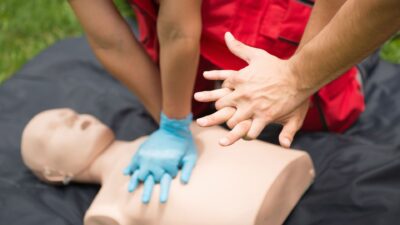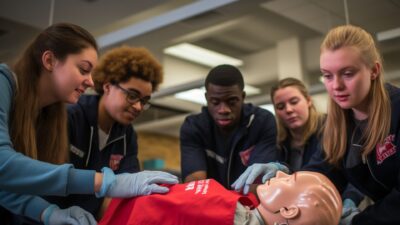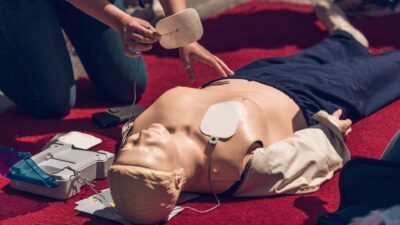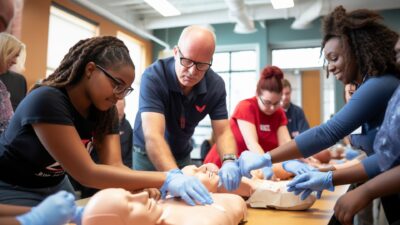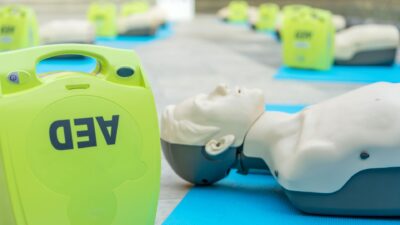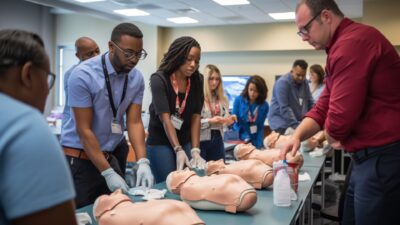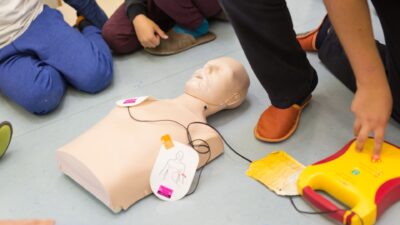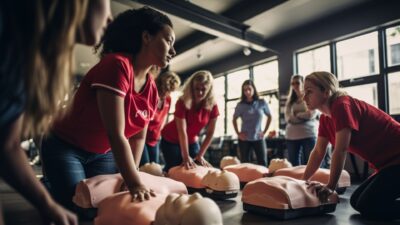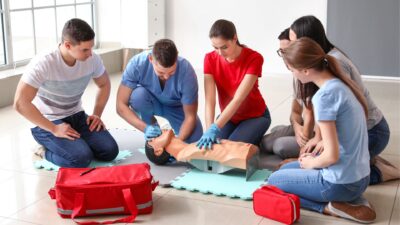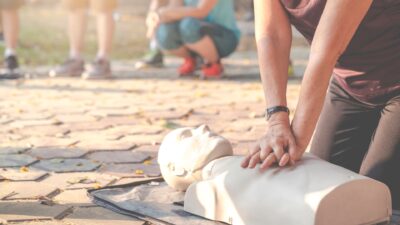
When to Perform CPR: Identifying the Right Moment
Cardiopulmonary resuscitation (CPR) is a life-saving technique used in emergency situations when a person’s heart has stopped or they are not breathing. The importance of timely CPR cannot be overstated, as it significantly increases the chances of survival. However, knowing when to initiate CPR is crucial for maximizing its effectiveness. In this blog post, we…
Read More